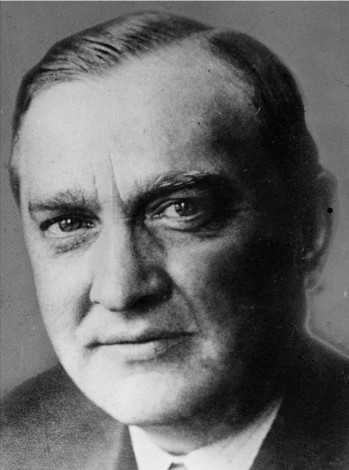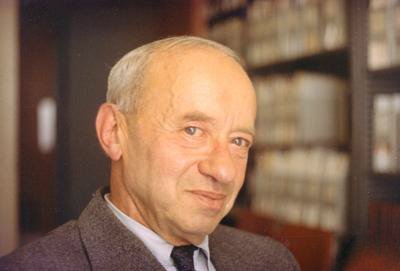The Banach-Tarski paradox
In the present post I will discuss one of the most surpring paradox, the Banach-Tarski paradox.
This paradox states that a ball in the three dimensional space (in mathematical terms the three dimensional Euclidean space) of a given radius, say R, can be subdivided into a finite of number of pieces (as mater of fact 7 pieces), later we reassemble these pieces in a specific way and we end up with two balls identical to the original ball, i.e. two balls with the same original radius R.
In more technical terms can be stated as follows: given a ball of radius R in a three-dimensional Euclidean space, there exists a partition into a finite number of pieces and after applying some Euclidean motions (rotations and translations), we obtain two balls of the same radius R.
As you can see this paradox is against our intuition, because all the operations involved in subdividing the ball and rearranging the corresponding pieces, do not alter the volume of the sets. This paradox is very related to the nature of infinity. Of course the proof of this paradox does not say how to subdivide the original ball, it only states that there exists such partition.

Stefan Banach (1892-1945)
This result was published in 1924 by the Polish mathematicians Stefan Banach and Alfred Tarski. And it was very shocking and surprising result at that time.
The moral of this result is that mathematicians should not work with all posible subsets of a given set, if we want to consider volumes (in more technical term measures), because these sets could be very “wild”. If these sets are considered we end up with paradoxes. So the major branches of mathematics work only with “nice sets”, these sets are called measurable. Because their “volume” can be measure without having this type of paradox.
In the present post, I will not describe the proof of the paradox since is quite technical. In the corresponding article in Wikipedia there is a sketch. I can mention here the proof uses the axiom of choice. This axiom was controversial at the begging of the XX century.
The axiom states if we have a family of nonempty sets we can choose an element of each member of this family. It sounds quite obvious, isn´t it? However some paradoxes arrises when there is an infinite number sets. This axiom was stated originally by Ernst Zermelo in 1904 and today it is a very important tool used in mathematics.

Alfred Tarski (1901-1983)
References:
https://en.wikipedia.org/wiki/Banach–Tarski_paradox
https://en.wikipedia.org/wiki/Axiom_of_choice
Folland, G.B; Real Analysis: Modern Techniques and Their Applications, Willey, 1999.
Images sources:
https://en.wikipedia.org/wiki/Stefan_Banach
https://en.wikipedia.org/wiki/Alfred_Tarski
This post was resteemed by @steemitrobot!
Good Luck!
The @steemitrobot users are a small but growing community.
Check out the other resteemed posts in steemitrobot's feed.
Some of them are truly great. Please upvote this comment for helping me grow.
Excellent post @nenio. Thanks for sharing!. Voted!. I'm following you. Follow me!. I'm physicist.
I invite you to see my website http://www.cmc.org.ve/tsweb where I have published drafts of the texts that I am writing.
I am participating in the Cervantes Photography Contest: 4th Delivery. I invite you to see, comment and vote my photos: https://steemit.com/spanish/@tsoldovieri/concurso-de-fotografia-cervantes-4a-entrega
I invite you to see also: https://steemit.com/spanish/@tsoldovieri/la-planta-de-lechoza-o-papaya-d
Regards!.
I think we won't get equal balls, but we would get equal balls from our view. They would have equal amount atom. in different positions, and between them we will see empty spaces. First ball without this spaces.
The paradox is about mathematical balls, not physical balls. So it does not make sense to talk about atoms or matter. Certainly, physically this result is impossible, because it will violate the conservation of the mass.
Ok, now I understand. Good anti common sense theory.